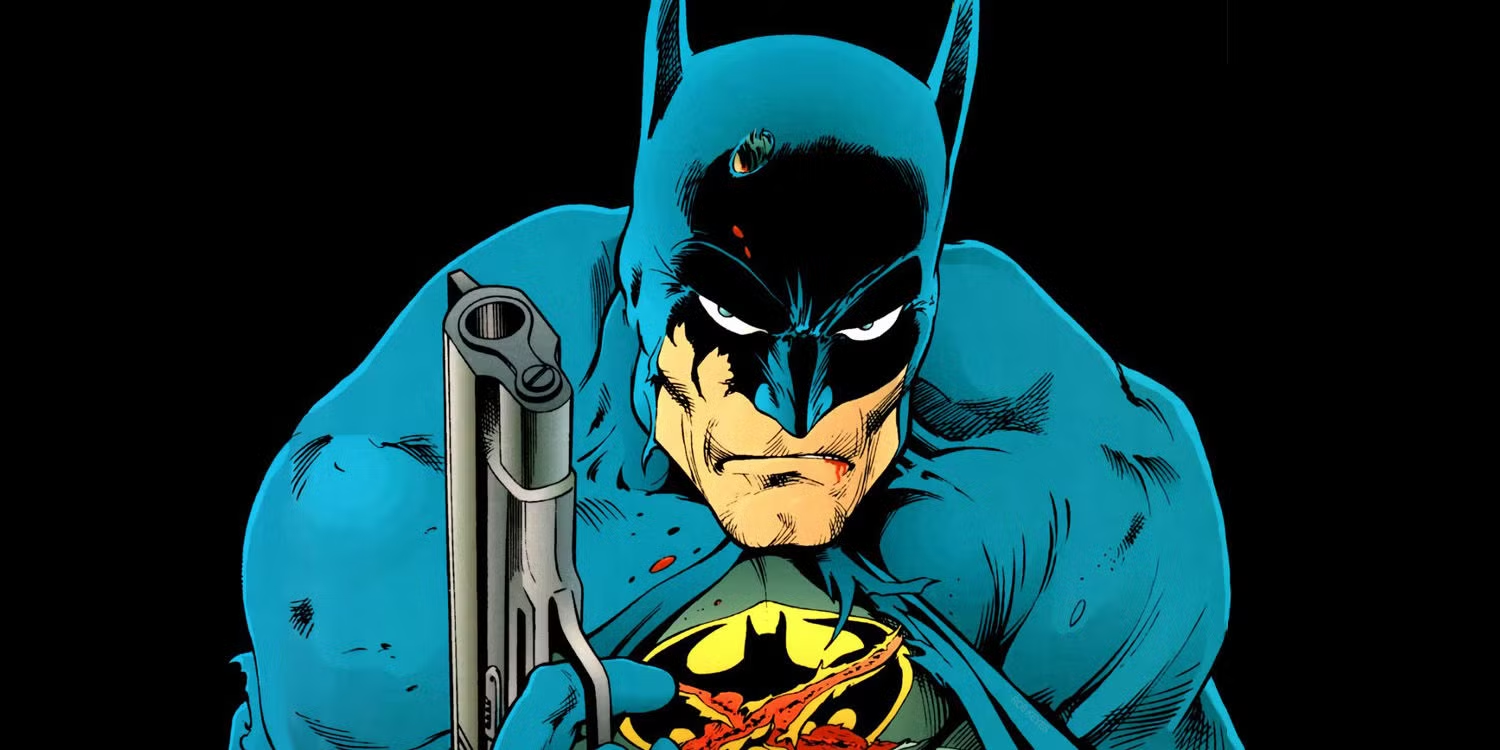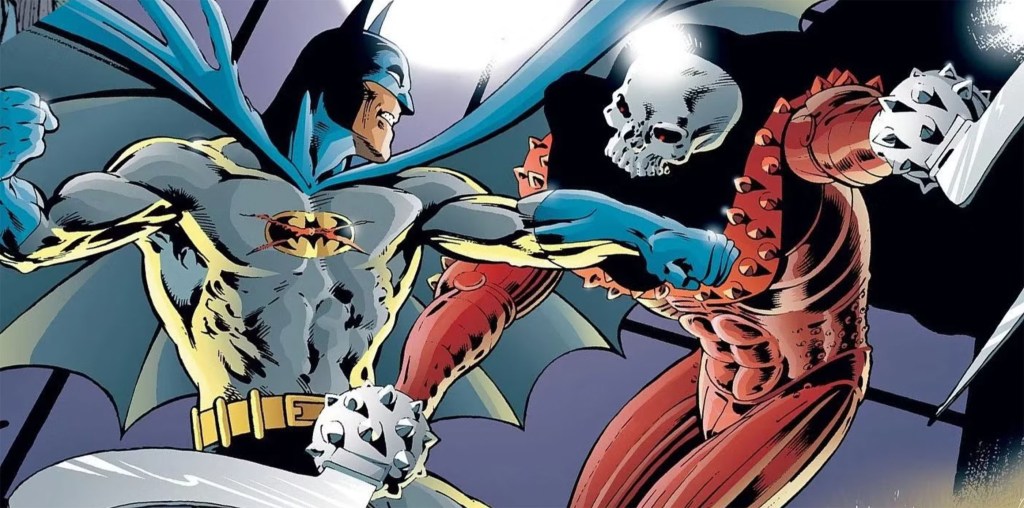
From February to May of 1987, Frank Miller redefined the Dark Knight’s origins in “Batman: Year One.” With fans and critics alike hailing it as the perfect origin for Batman, the story has gone on to be the most recognized origin for character. It’s loved all around the world, and has seen multiple adaptations, including an animated film of the same name. With the story focused on Lieutenant Jim Gordon, a Bruce Wayne in his mid-twenties, and a similarly aged Selina Kyle aka Catwoman, the story follows Bruce’s early vigilante days with the distrust of the corrupt GCPD and the warring mob families of Gotham City. It’s a bold beginning in a post-Crisis DC universe and inspired countless of Year One stories for many characters in DC for years to come.
What most forget about the story, however, is that it wasn’t the only major Batman story that debuted that same year. “Batman: Year Two” ran from June through September 1987 and while the story is just as key to the modern era of Batman, it’s something that no one really talks about. Whether most forgot about it or just completely ignore it, the story is often overlooked, despite it heavily inspiring the iconic Batman: The Mask of the Phantasm animated feature film.
So what went wrong with “Year Two”? The truth is, the story’s lack of prominence is merely a matter of timing and title — but it remains a story that deserves way more credit in the overall Batman mythos. To put it directly, we’ve all been wrong about “Year Two” for a long time.
“Year Two” Makes Some Controversial Choices That Ultimately Help Define the Hero

This time focusing on Bruce as Batman, newly appointed Commissioner Gordon, along with Dr. Leslie Thompkins, “Year Two” introduces Judson Caspian, and his daughter Rachel, our villain and Bruce’s love interest respectively. Batman has become a household name in the Gotham and is stopping crime as much as he can, it gets the attention of Judson, formerly known as The Reaper, a dual-scythe hand wielding vigilante that would murder anyone he saw unfit engaging in crime. Having disappeared for decades, he returns upon seeing Batman and goes about murdering criminals, cops, and prostitutes alike. In doing so, he catches the eye of the Bat. When Batman realizes he’s at a disadvantage, he ends up turning to a weapon that has previously been antithetical to the idea of Batman as a crime fighter: a gun. Returning to the Batcave, Bruce decides to even the odds by using the gun that belonged to Joe Chill, the man the murdered his parents, as a weapon of good.
It’s a bold move from writer Mike W. Barr, and while it’s a choice that doesn’t necessarily sit well with many readers, it prompts a very important question about the nature of justice and what Batman does by asking if Batman uses the weapon that made him who he is, is he any better than Joe Chill? The answer to that question is what is explored across the arc.
Without getting too deep in the details (yes, this is a decades-old story but it’s one that really just needs to be read to be fully appreciated), Batman ultimately finds himself learning the difficult lesson that using the gun doesn’t actually solve anything. There is no doing good with the weapon and instead, using it only creates more torment, more heartbreak, and more death. It’s a critical lesson for the young vigilante to learn and very much helps define him as a character by reaffirming his no guns, no killing rule that is so much a part of the character we know today perhaps moreso that anything in “Batman: Year One.”
In reading and re-reading Year Two, it stands on its own as an incredible story of Batman finding himself and how he acts as a hero, especially when he is pushed to his furthest edge. Having incredible character work, a cool retconned villain, and some fantastic early pencils by Todd McFarlane, “Year Two” is a hidden gem despite the fact that the elemnts of the story have become so prominent in the modern Batman we know and love. With a recent re-release along with “Year One,” new readers can finally check out both stories. Year Two has so much to offer to those who haven’t read it — and every Batman fan absolutely should.
What do you think of “Batman: Year Two” if you’ve read it? Let us know down in the comments.
The post We’ve All Been Wrong About Batman: Year Two appeared first on ComicBook.com.


